While Harry Potter starts as a story about a kid at a magical school, the plot becomes darker and more complex. When Voldemort (Ralph Fiennes) returns, the series dives into a political conflict between wizards based on prejudices about their birth. This becomes a major point in the conflict between Harry (Daniel Radcliffe) and Voldemort, as many Death Eaters who fight for the Dark Lord believe in the inherent superiority of Pureblood witches and wizards. However, the conflict between blood purists and muggle-borns long predates Voldemort.
The proof of that (which isn't discussed in the films because it didn't officially make it into the books) is the Sacred Twenty-Eight, a list of the British pureblood families from the 1930s explained in the expanded lore of the world. This in-universe list includes familiar names such as Weasley, Malfoy, Longbottom, Black, Lestrange, and the names of several other characters. Though highly regarded by those who buy into blood status, which conveniently includes many of the families on the list, the Sacred Twenty-Eight is shown to be less than accurate, not only in what it stands for but in the facts it presents.
Who Are the Sacred Twenty-Eight?
The list consists of some of the oldest wizarding families in Great Britain, and despite being created generations earlier, the names of some of the most recognizable families from Harry Potter are included. The Sacred Twenty-Eight only features those that author Cantankerus Nott considered to be unquestionably Pureblood in the 1930s, so it is entirely subjective, no matter how much some believe in it.
The Sacred Twenty-Eight | |||
Abbott | Fawley | Malfoy | Selwyn |
Avery | Flint | Nott | Shacklebolt |
Black | Gaunt | Ollivander | Shafiq |
Bulstrode | Greengrass | Parkinson | Slughorn |
Burke | Lestrange | Prewett | Travers |
Carrow | Longbottom | Rosier | Weasley |
Crouch | Macmillan | Rowle | Yaxley |
Some of these families no longer exist, like the Gaunts. They appear in the Harry Potter books through a memory, but the only living descendant is Voldemort, who, with a muggle father, wouldn't qualify as one of the Sacred Twenty-Eight if it were to be updated. Similarly, the last members of the Crouch family died during Harry Potter and the Goblet of Fire when Barty Crouch Jr. (David Tennant) was sent to be kissed by the dementors. And those are just the ones who factor into Harry's story. So, despite the name, there are no longer 28 families who qualify.
There is also an evident history of those who believe in blood purity supporting dark wizards. Before the creation of the list, Gellert Grindelwald (Johnny Depp/Mads Mikkelsen) wanted to create a new society that would rule over the muggles, gaining the support of Pureblood families. Later, some of Voldemort's proudest Death Eaters are among the Sacred Twenty-Eight, including the Malfoy family and Bellatrix Lestrange (Helena Bonham Carter). But several members of the families who are on the list fought against Voldemort and his prejudiced ideals, including the entire Weasleys clan, Neville Longbottom (Matthew Lewis), Kingsley Shacklebolt (George Harris), Horace Slughorn (Jim Broadbent), and Sirius Black (Gary Oldman). These individuals prove that not all Purebloods buy into the superiority that the Sacred Twenty-Eight promotes.
How Is the List Inaccurate?
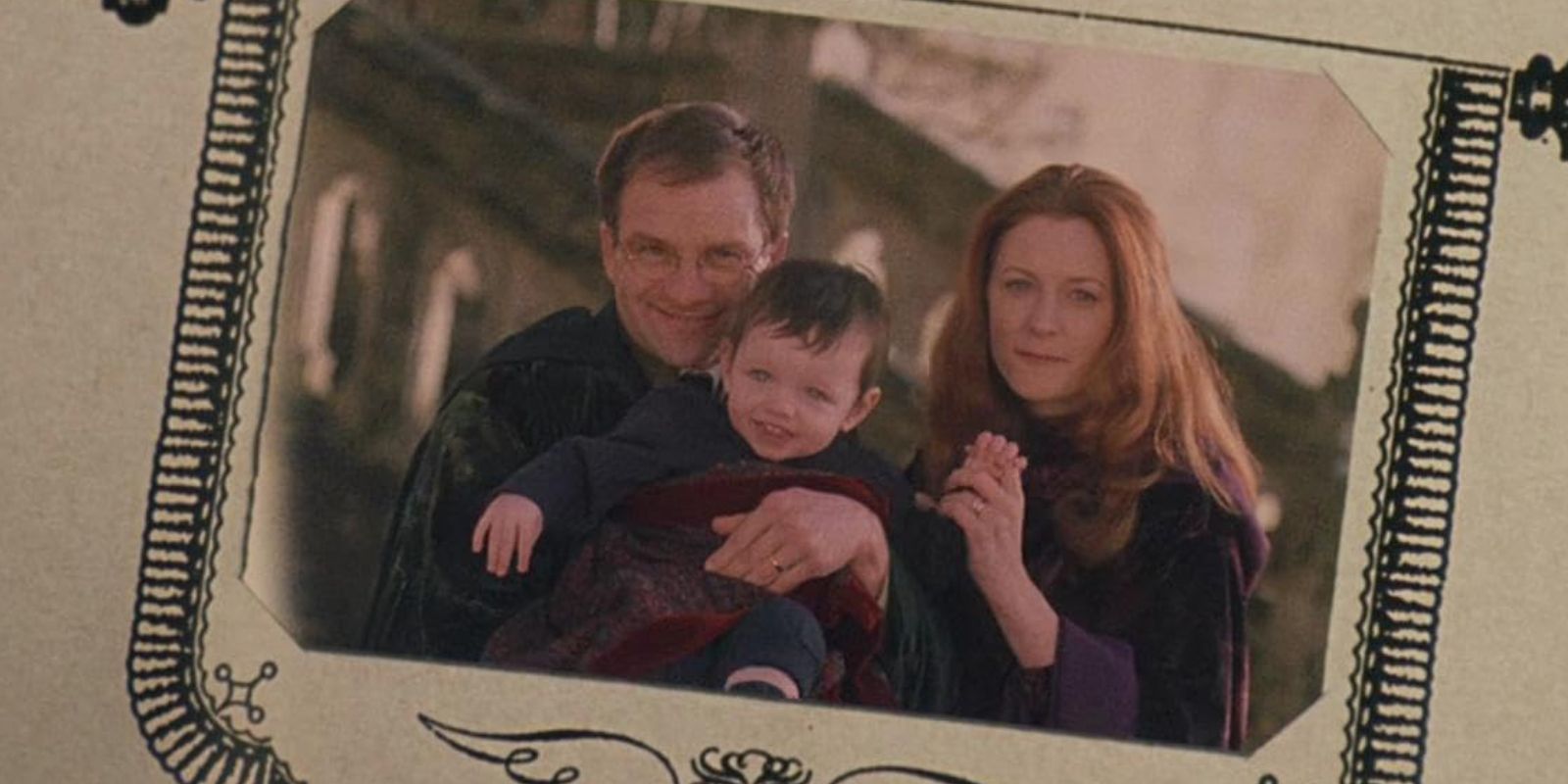 Image via Warner Bros
Image via Warner Bros Even when the list was made, some families saw it as a sign of their superiority, but others were outspokenly against it, which is how the Weasleys earned the title "blood traitor." The Weasleys of the day spoke out against the list, declaring they had muggle ancestry and were proud of it. Yet that is only one potential inaccuracy. Another, with more evidence, is the inclusion of the Ollivanders. The famous wandmakers have long been a part of the magical community, but on the official Harry Potter website, Garrick Ollivander (John Hurt), who was already born when the list was created, is listed as a half-blood, born to a muggle-born mother, so they should have been disqualified.
Perhaps even more notable are the families referred to as Pureblood but excluded from the list. The Princes, the Moodys, the Crabbes, and the Goyles all fall under this category, but the most obvious is the absence of the Potters. Until James married the muggle-born Lily, the Potters were called Purebloods, but in this case, there may be a reason they were left off. Not only does Potter being a common Muggle name create uncertainty about their past, but Henry Potter, who lived at the time, was vocally pro-muggle, suggesting that the slight was intentional.
The Sacred Twenty-Eight Is a Flawed Concept
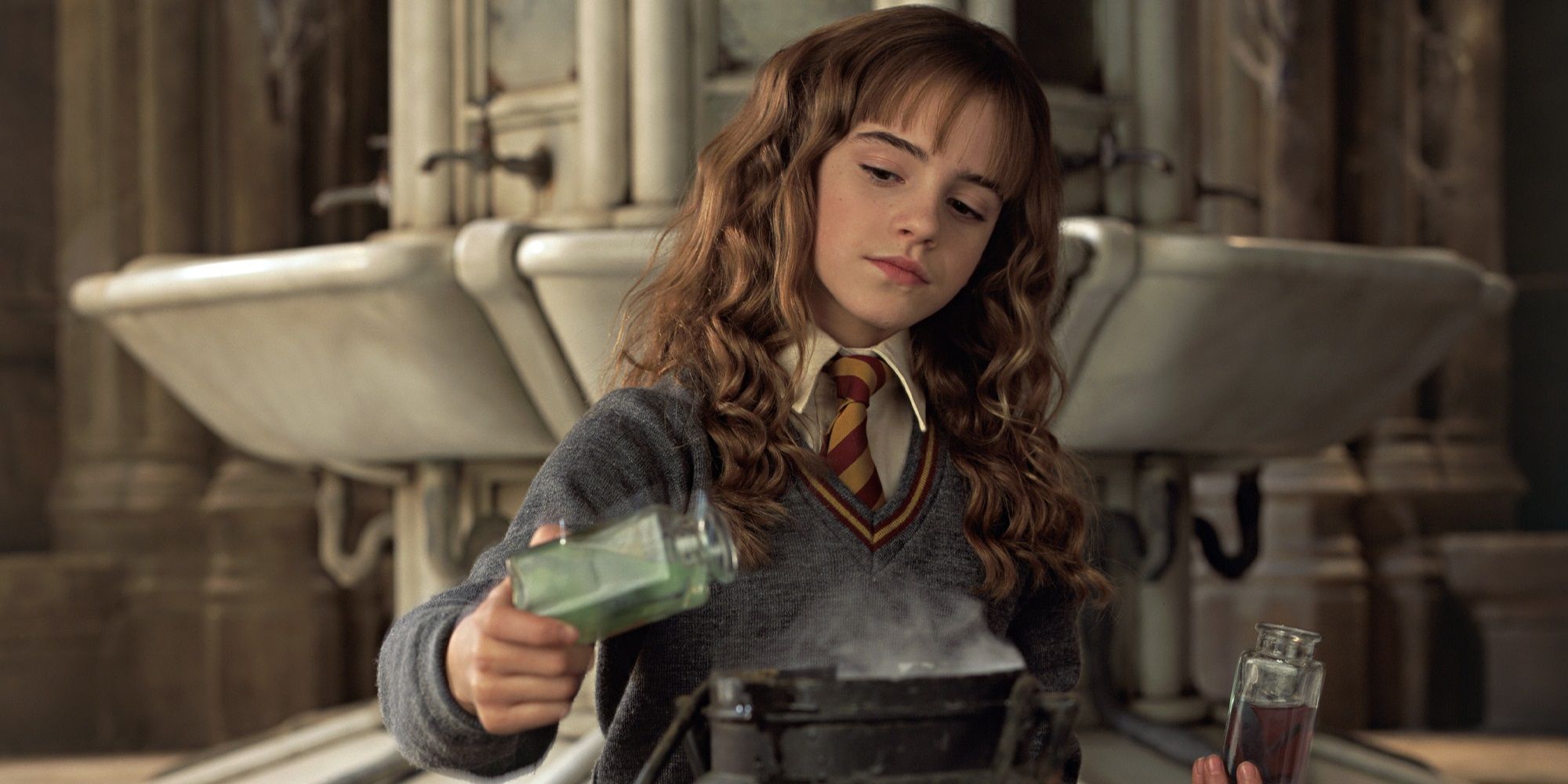 Image via Warner Bros.
Image via Warner Bros. While many of the old Wizarding families still hold the Sacred Twenty-Eight in high regard, the series proves blood status has no bearing on magical ability. Never is Ron (Rupert Grint) shown to be more powerful than Hermione (Emma Watson). If anything, it's the other way around. Harry's mother, Lily, is also said to be powerful, outshining her peers despite being muggle-born, proving that heritage has nothing to do with power.
It's important to note that muggle-born witches and wizards can still be related to old wizarding families. It is believed that muggle-borns are the descendants of Squibs. Though born to magical parents, squibs cannot perform magic and often choose to make a life in the muggle world. Over time, their descendants disconnect from the magical world until the ability to do magic reappears in a muggle-born witch or wizard. This only adds to the absurdity of blood purity, making the Sacred Twenty-Eight completely irrelevant.
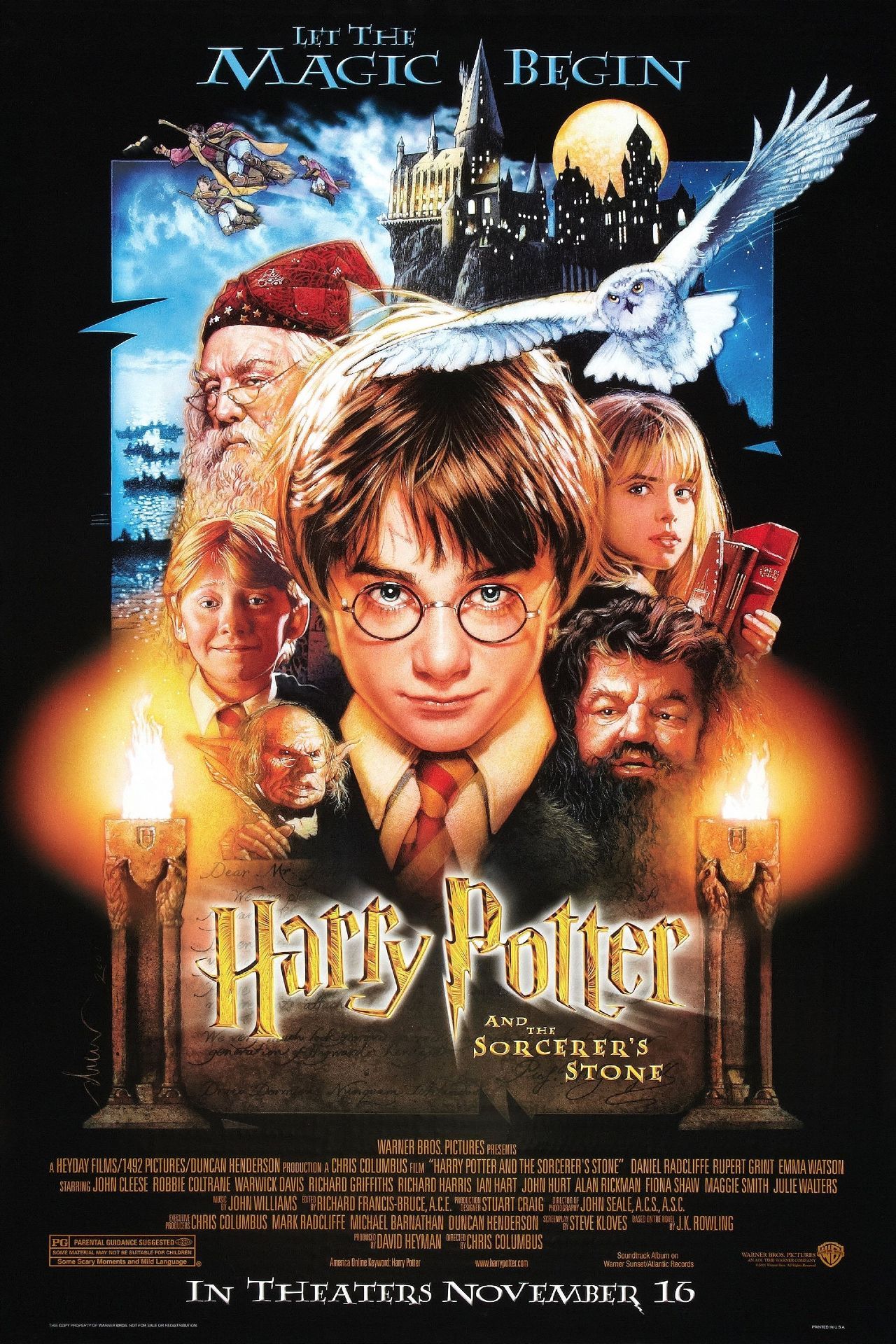
An orphaned boy enrolls in a school of wizardry, where he learns the truth about himself, his family and the terrible evil that haunts the magical world.
Release Date November 16, 2001
Runtime 152 Minutes
Studio(s) Warner Bros. Pictures , Heyday Films , 1492 Pictures
The Harry Potter films are available on Max in the U.S.

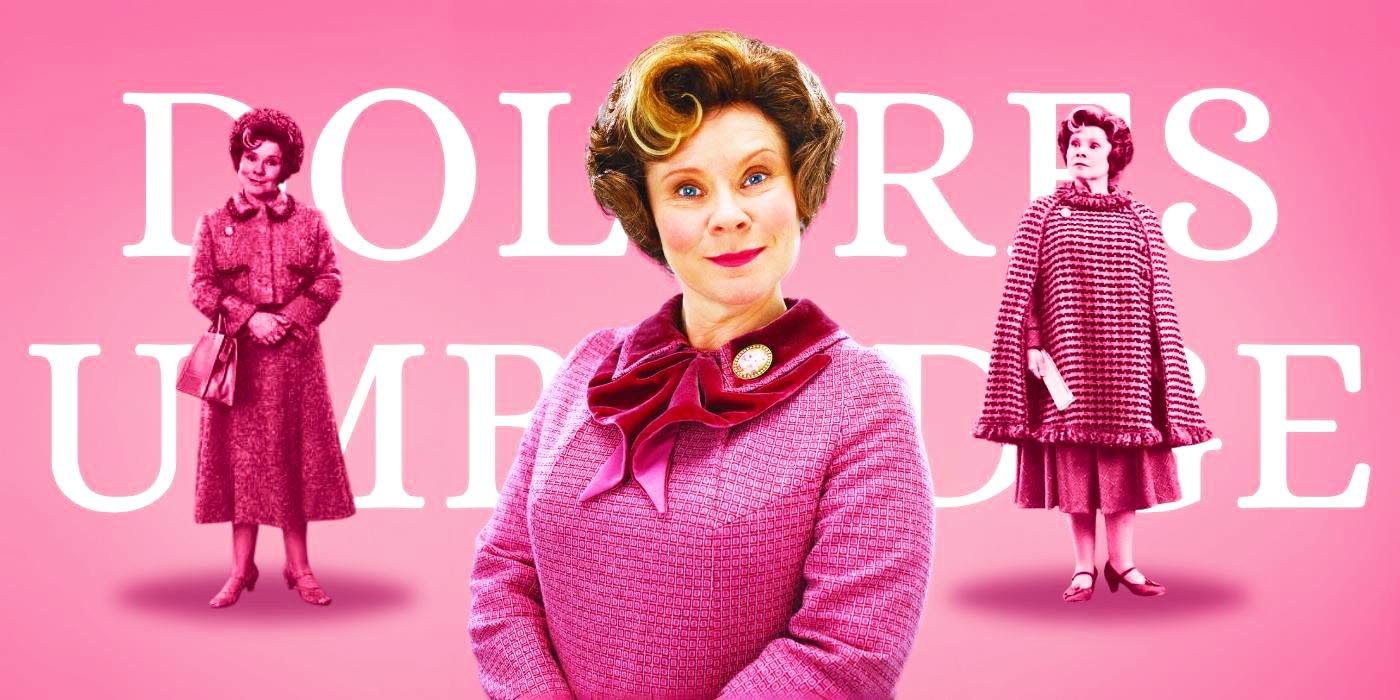
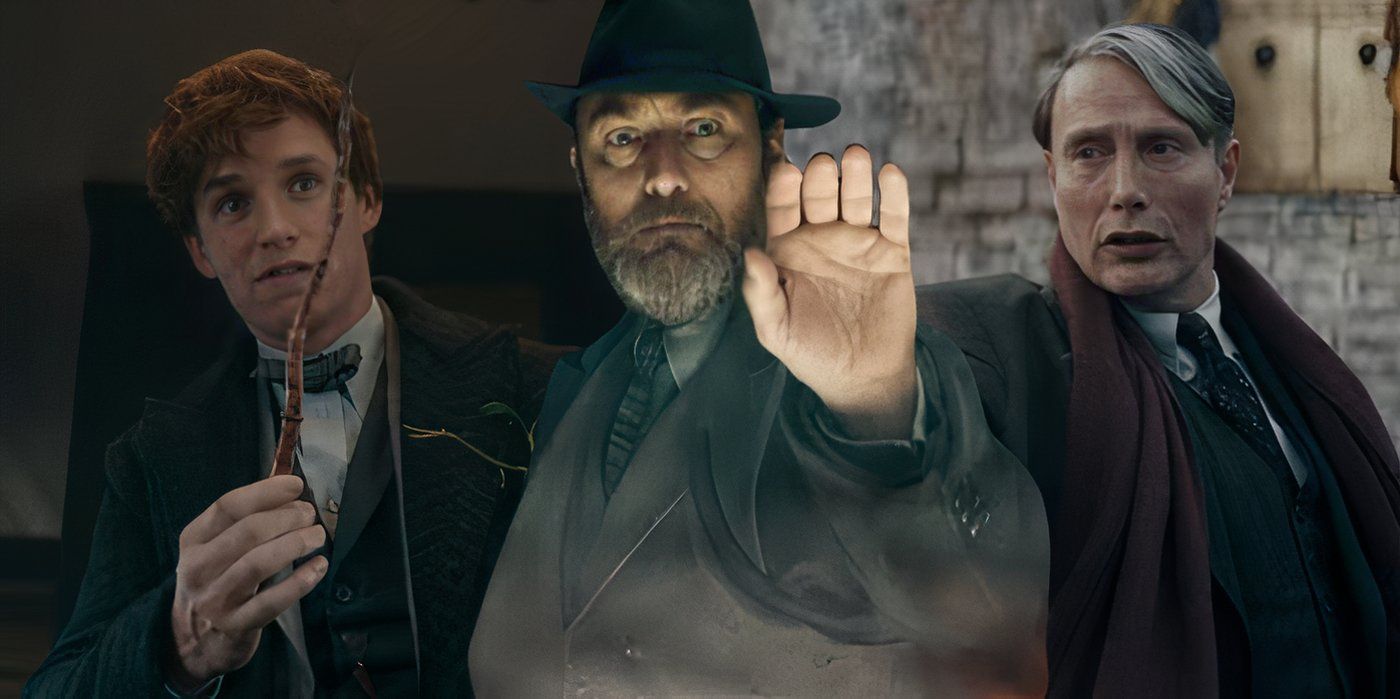
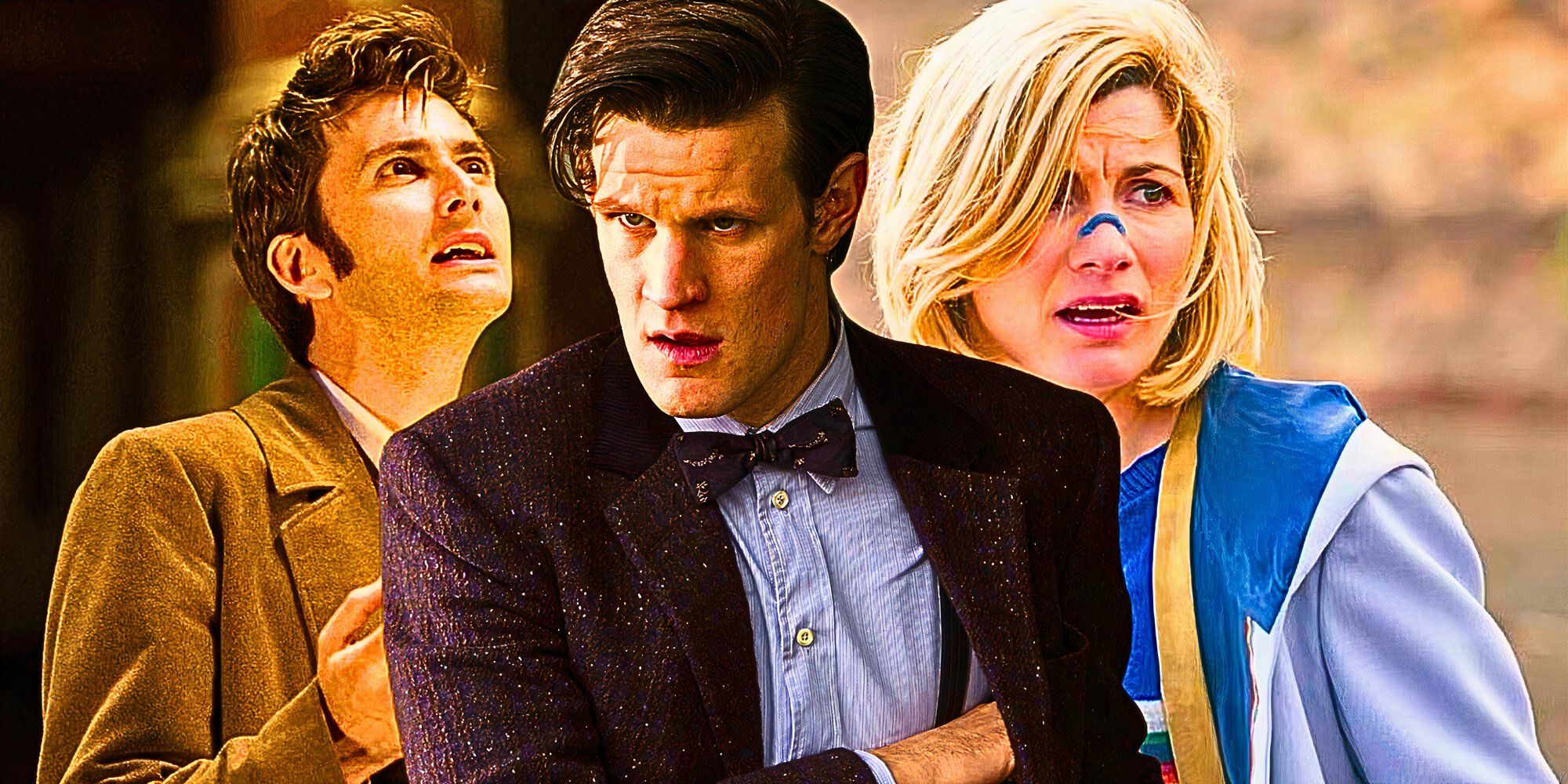
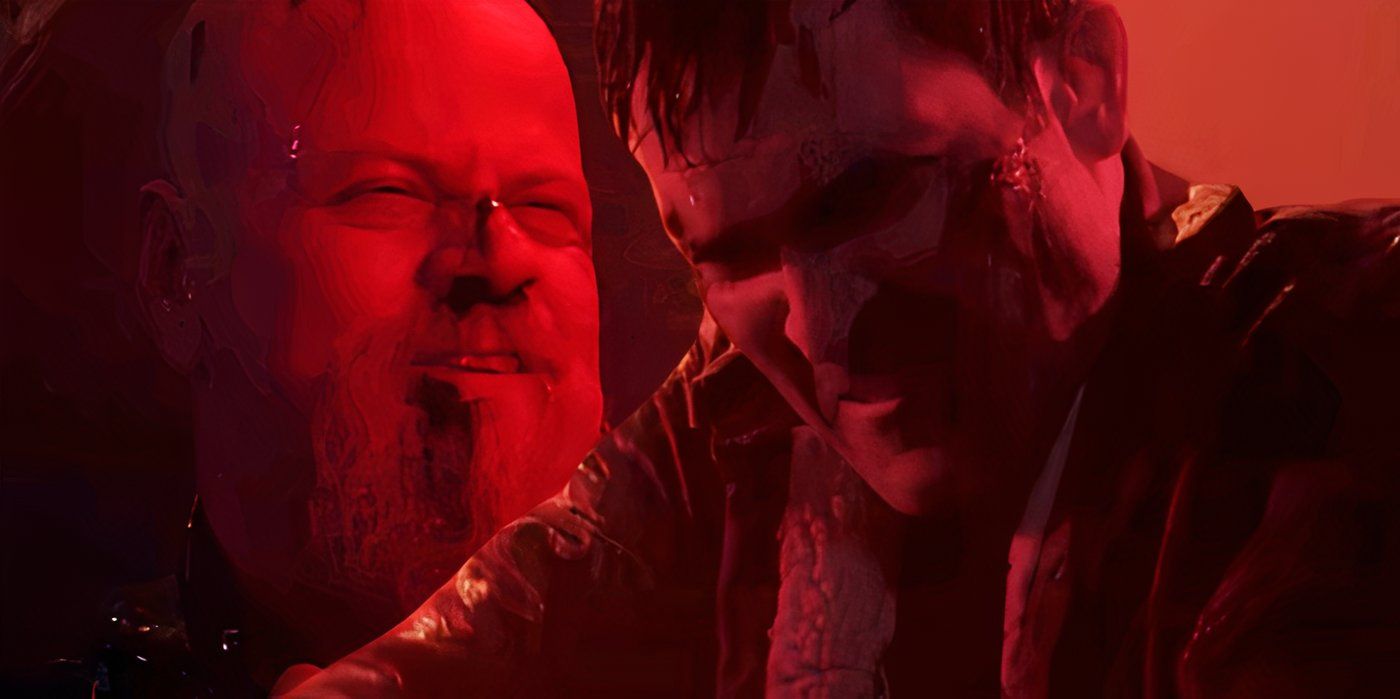
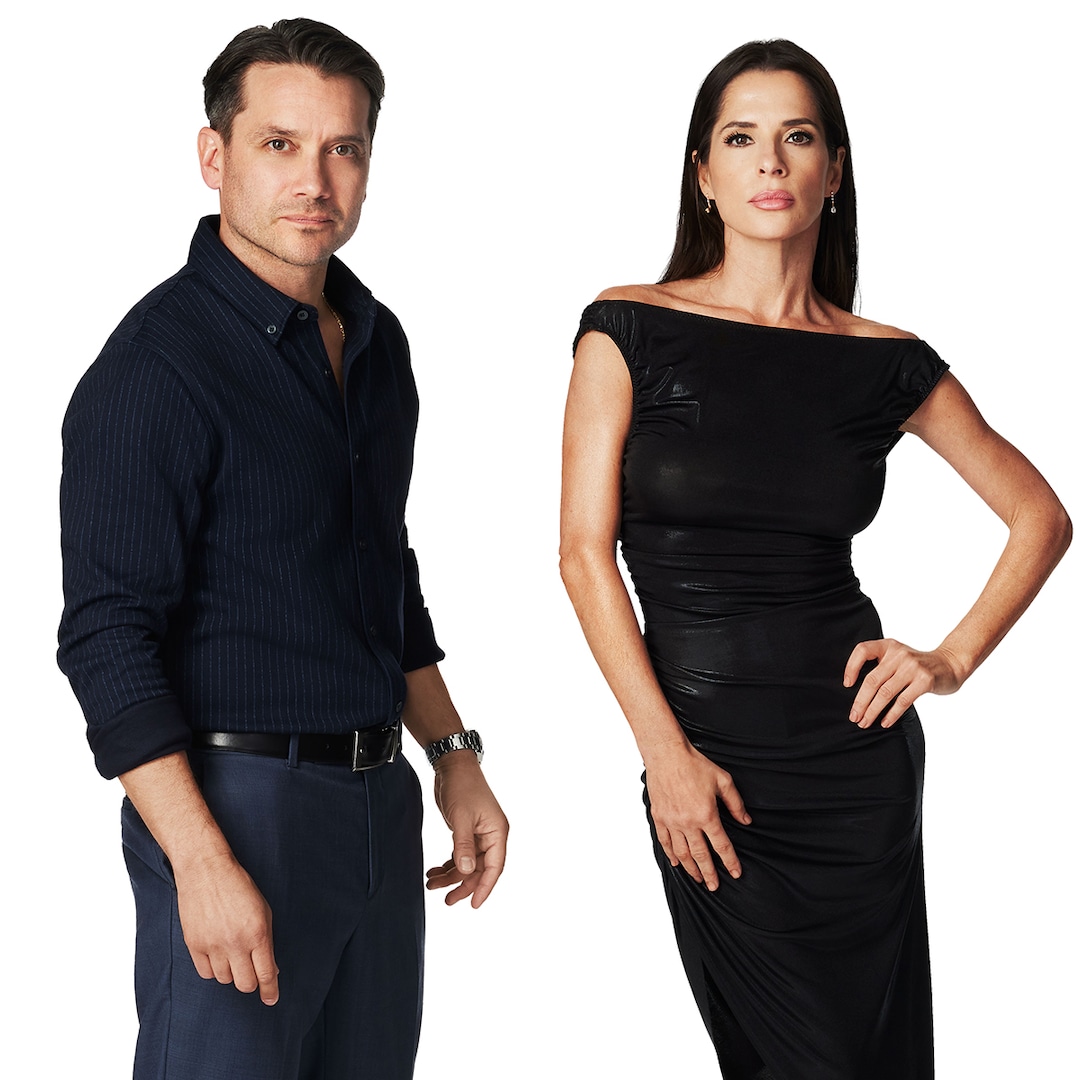
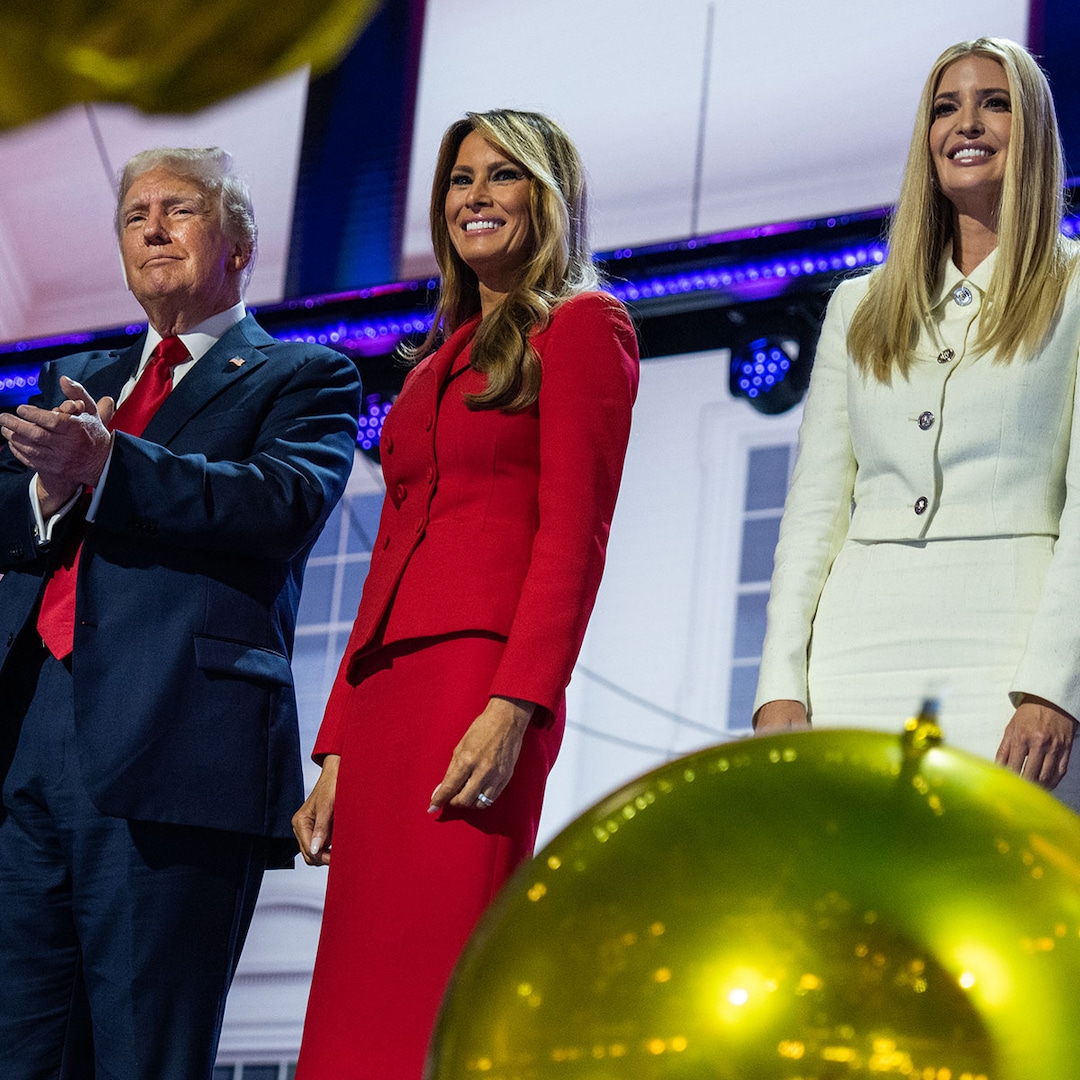
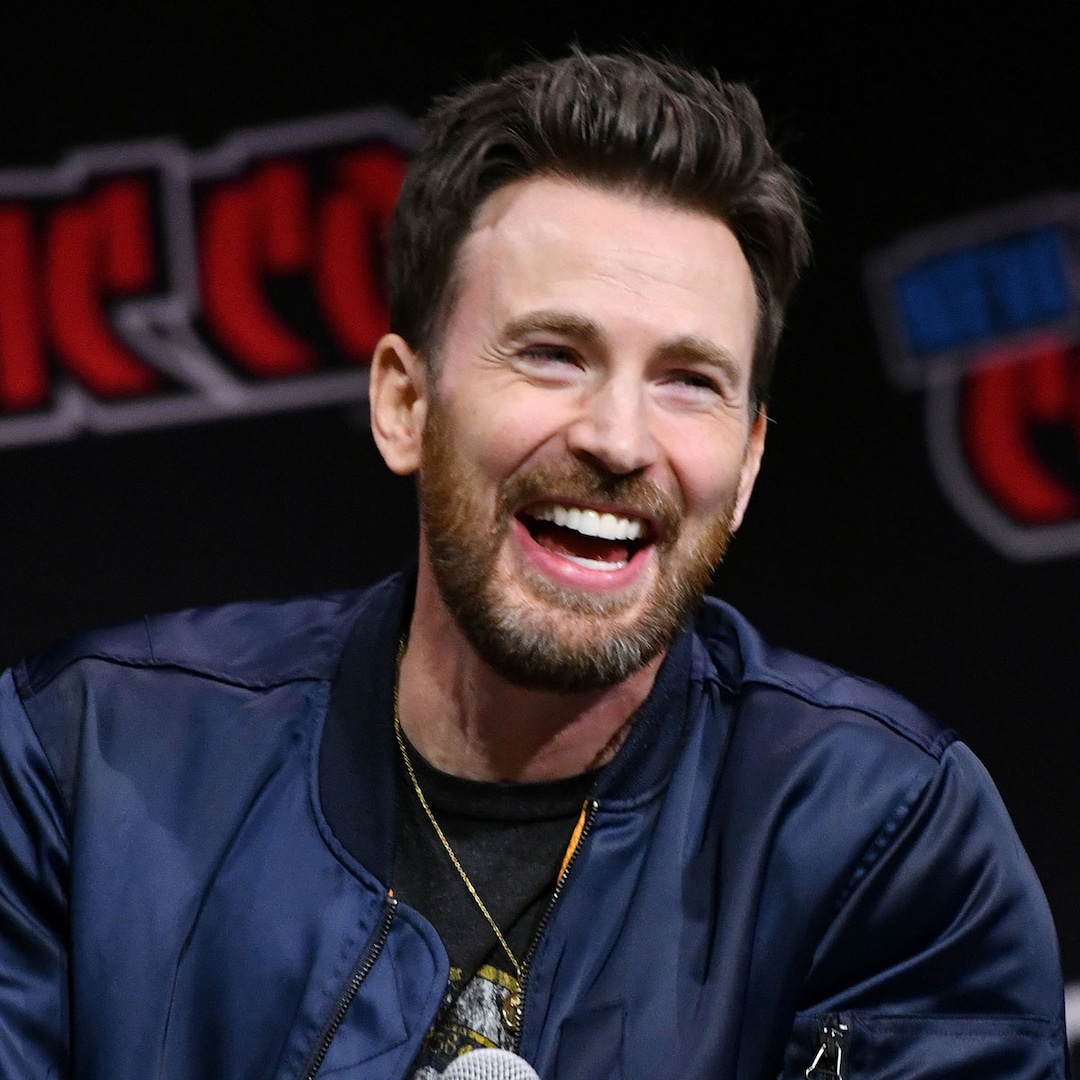
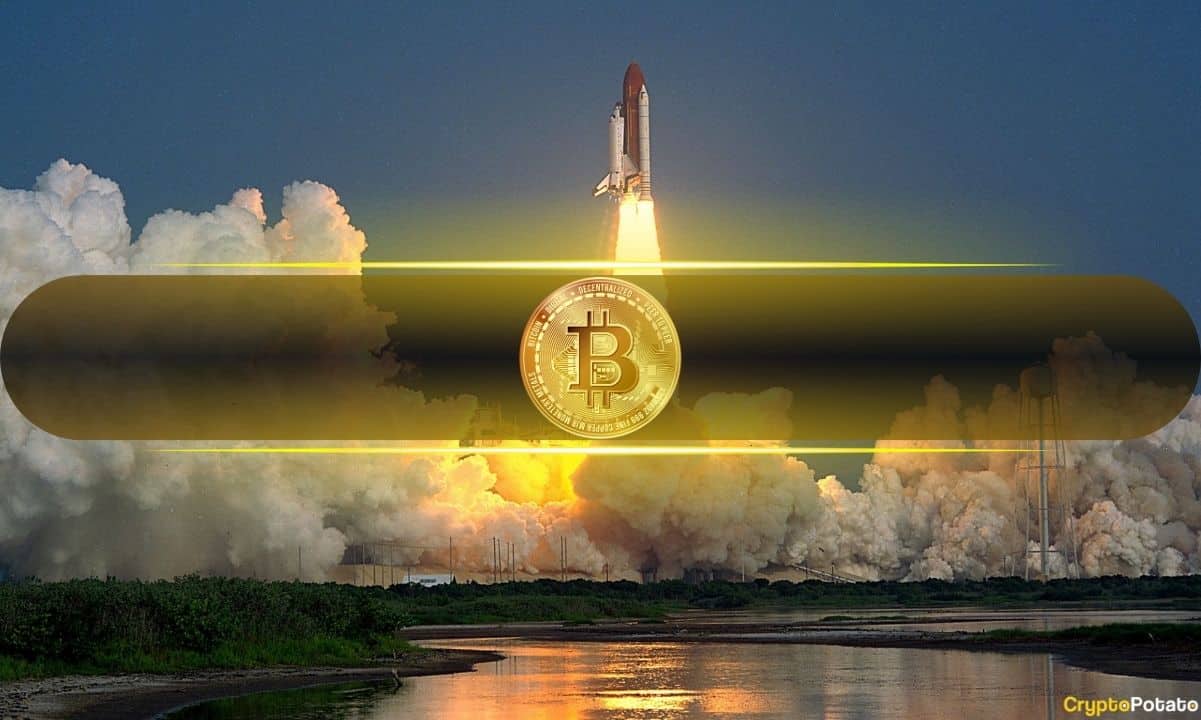
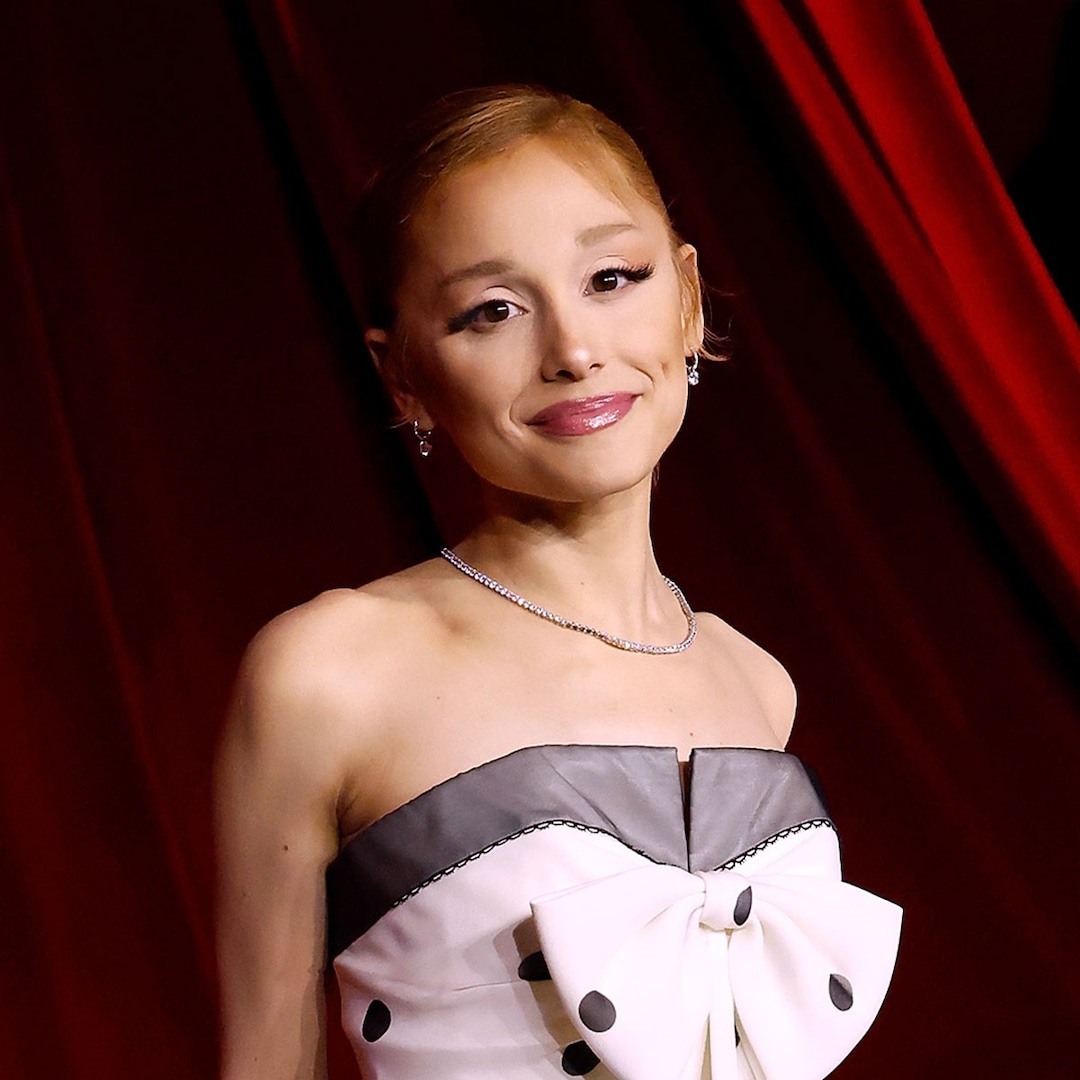
 English (US) ·
English (US) ·